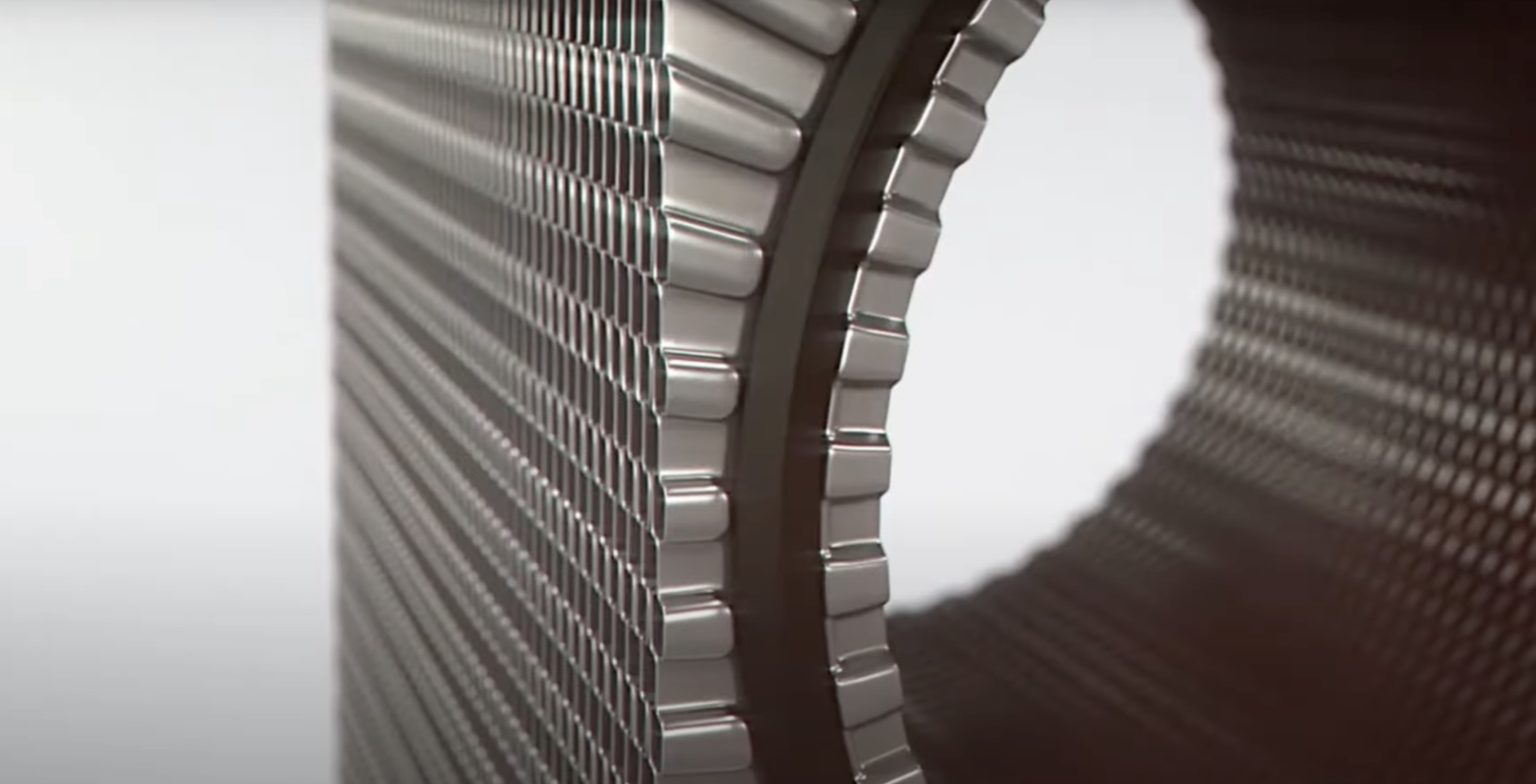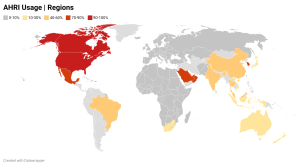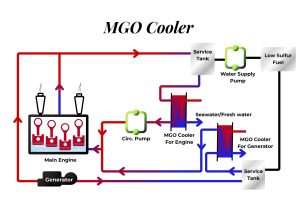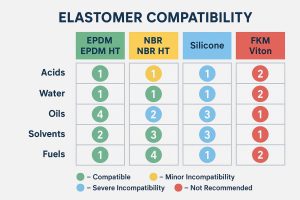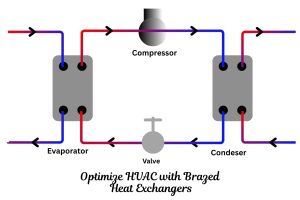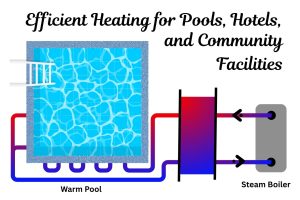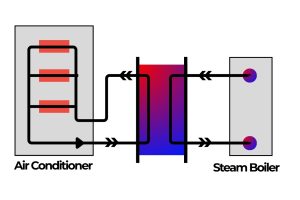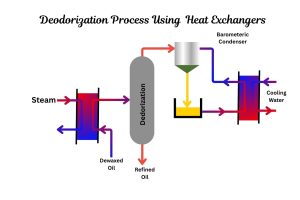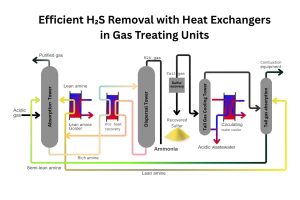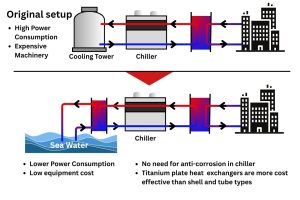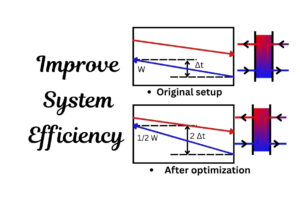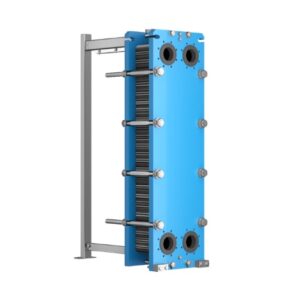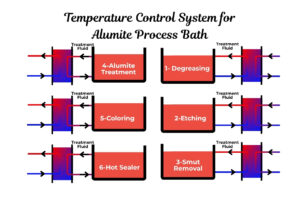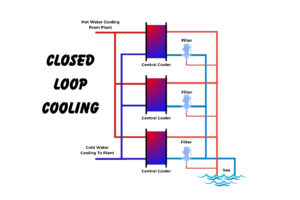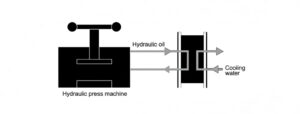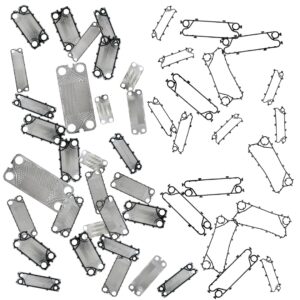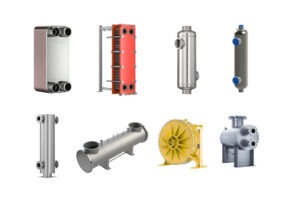The Geothermal heat exchanger cost : Moving Beyond Cost to Value
The Premise
What if the most expensive thing you could do was nothing at all? We’ve become accustomed to a certain calculus of cost, one that prioritizes the initial price tag over all other variables. We see a traditional furnace and an air conditioner, and their combined cost looks palatable. Then we see the price of a geothermal system—a “geothermal heat exchanger cost,” as we might phrase it—and it’s an order of magnitude higher, a figure that makes us flinch. We instinctively halt, assuming the risk is too great.
But this is a dangerous assumption rooted in an old world. The reality, in this new age of energy, is that the price you pay upfront is often the least important figure. The real cost lies hidden in plain sight, a creeping, continuous drain on your resources and the planet’s. To truly understand the value of a geothermal system, you must be willing to shift your gaze from the initial expense to the life-cycle cost, from a static number to a dynamic narrative of savings, efficiency, and resilience.
What Actually Goes into Geothermal Heat Exchanger Cost?
The geothermal heat exchanger, or ground loop, is the heart of a geothermal system. Its cost isn’t a single number but a culmination of several key factors, most of which are site-specific. This is where the story gets interesting, as no two installations are exactly alike.
- Loop Configuration: There are four primary types of ground loops, each with a different cost profile:
- Horizontal Loops: These are typically the most affordable option. They require a large, open area for trenches to be dug, usually 4-6 feet deep. The excavation is less complex, but it demands more land.
- Vertical Loops: Ideal for properties with limited space or challenging terrain. Vertical loops require deep boreholes to be drilled, sometimes hundreds of feet into the ground. While they take up less surface area, the drilling process is more expensive and accounts for a significant portion of the total project cost—often 50% to 70% of the total installation.
- Pond/Lake Loops: If you have a nearby body of water, this can be the most cost-effective solution. Pipes are coiled and submerged in the water, which serves as the heat source/sink. This bypasses the need for extensive trenching or drilling altogether.
- Open-Loop Systems: These use a water well as their source. Water is pumped from the well, heat is exchanged, and the water is then returned to a different part of the aquifer. The cost can be lower than a closed-loop system, but it requires a sufficient and consistent water supply and may involve complex permitting processes.
- System Size and Capacity: The size of the geothermal unit is measured in “tons” and is determined by a load calculation that considers your building’s size, insulation, window efficiency, and local climate. A larger building or one with poor insulation will require a higher-capacity system, leading to a higher geothermal heat exchanger cost for both equipment and installation.
- Soil and Geological Conditions: The type of soil and rock on your property plays a critical role. Rocky or hard ground will increase drilling or excavation costs. The thermal conductivity of the soil also impacts the length of the ground loop needed—soil with good conductivity requires less piping, thus reducing costs.
Why is Geothermal a Smarter Investment? The Case for Long-Term Value
My grandfather was a man who lived by a simple motto: “Buy the best, cry once.” He believed in paying a premium for quality tools and machinery that would last a lifetime. He understood that the true cost of an item wasn’t the price on the sticker, but the total sum of its acquisition, operation, and maintenance over its entire life.
A geothermal system is the ultimate expression of this philosophy. While the initial geothermal heat exchanger cost is higher—ranging from a typical residential investment of $15,000 to $40,000 or more—the payoff is transformative.
- Unmatched Efficiency: Geothermal systems can achieve efficiencies of 300% to 600%. For every unit of electricity consumed, they deliver 3 to 6 units of heating or cooling. Compare this to a high-efficiency gas furnace at around 95%. This incredible efficiency translates to a 25% to 50% reduction in your heating and cooling bills. Over a lifespan that can exceed 50 years, these savings compound into a powerful financial benefit. Use our Heat Exchanger Calculator to model the long-term energy savings for your specific application.
- Durability and Longevity: A conventional HVAC system lasts 15-18 years. The ground loop in a geothermal system, however, can last for over 50 years, and the indoor heat pump unit has an average life of 25 years. This durability means fewer replacements, less maintenance, and a significantly lower total cost of ownership.
- Low Maintenance: The closed-loop design of most geothermal systems keeps them protected from the elements and the risk of external corrosion or fouling. While a traditional system may require frequent tune-ups, the components of a geothermal system are largely maintenance-free, besides regular filter changes and an occasional professional inspection.
The Strategic Play: How to Approach the Decision
Making the leap to geothermal requires a shift in mindset. It’s not a quick fix; it’s a strategic investment in the future of your property and the planet. To make the best choice, we recommend a few simple, actionable steps:
- Conduct a Thorough Feasibility Study: Before you commit, get a professional assessment of your site. Our team can help with GPHE Selection, determining the optimal loop type and system size for your specific needs.
- Explore Incentives: The initial geothermal heat exchanger cost can be offset by a range of financial incentives, including federal tax credits and state-level rebates. These can drastically reduce the payback period, making the investment even more attractive.
- Look for Quality Components: The longevity of your system is directly tied to the quality of its parts. Insist on high-quality materials and professional installation to avoid future headaches. For ongoing maintenance and potential upgrades, having a reliable source for GPHE Spare Parts is crucial.
Conclusion: The Geothermal Imperative
The world is moving. The old calculus of cost is being replaced by a new one—a dynamic equation that values long-term efficiency, sustainability, and resilience over short-term savings. The geothermal heat exchanger cost, once seen as a barrier, is now understood as a ticket to a more secure, efficient, and responsible future.
The real question, therefore, is not “How much does it cost?” but “What is the true price of staying still?”
Sources
- U.S. Department of Energy: Provides a comprehensive guide to geothermal heat pumps, including cost breakdowns, efficiency ratings, and long-term savings data. [geothermal guide]
- International Ground Source Heat Pump Association (IGSHPA): Offers industry standards and detailed information on the installation and benefits of geothermal systems for both residential and commercial applications.
- Journal of Cleaner Production (ScienceDirect): Published research on the lifecycle cost and environmental impact of geothermal heat pump systems compared to conventional HVAC, providing a scientific basis for the economic and ecological benefits.
